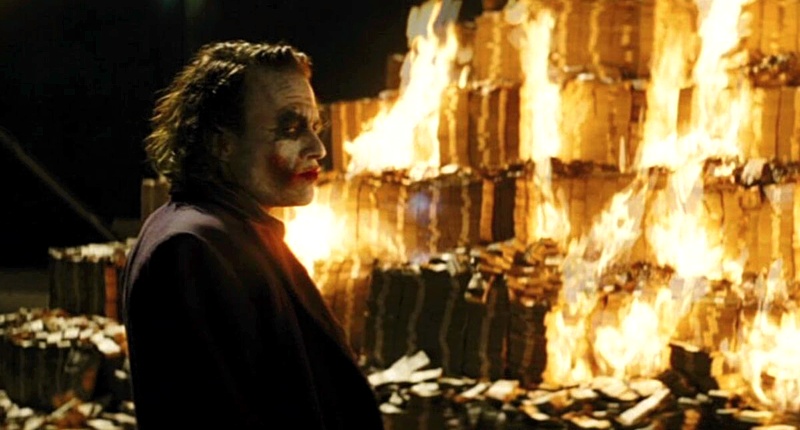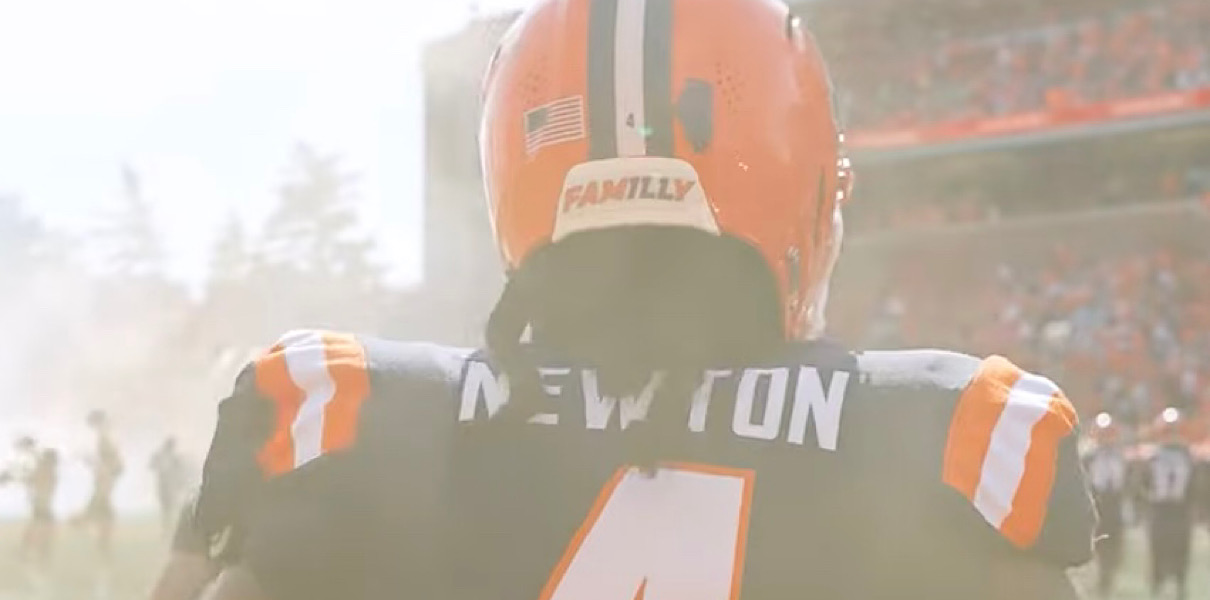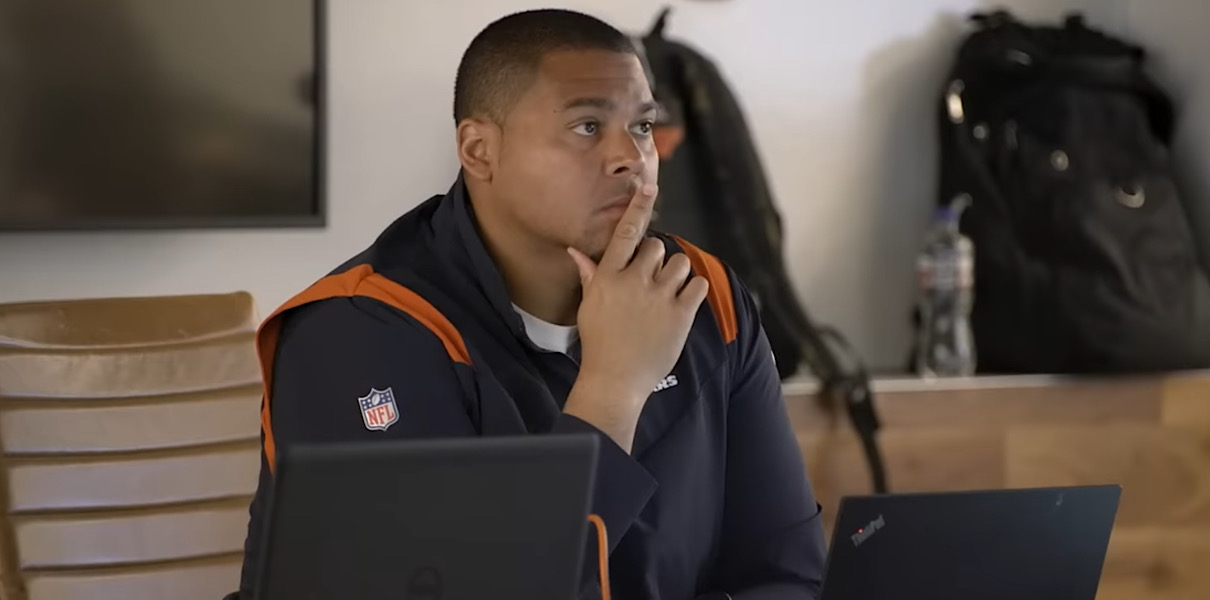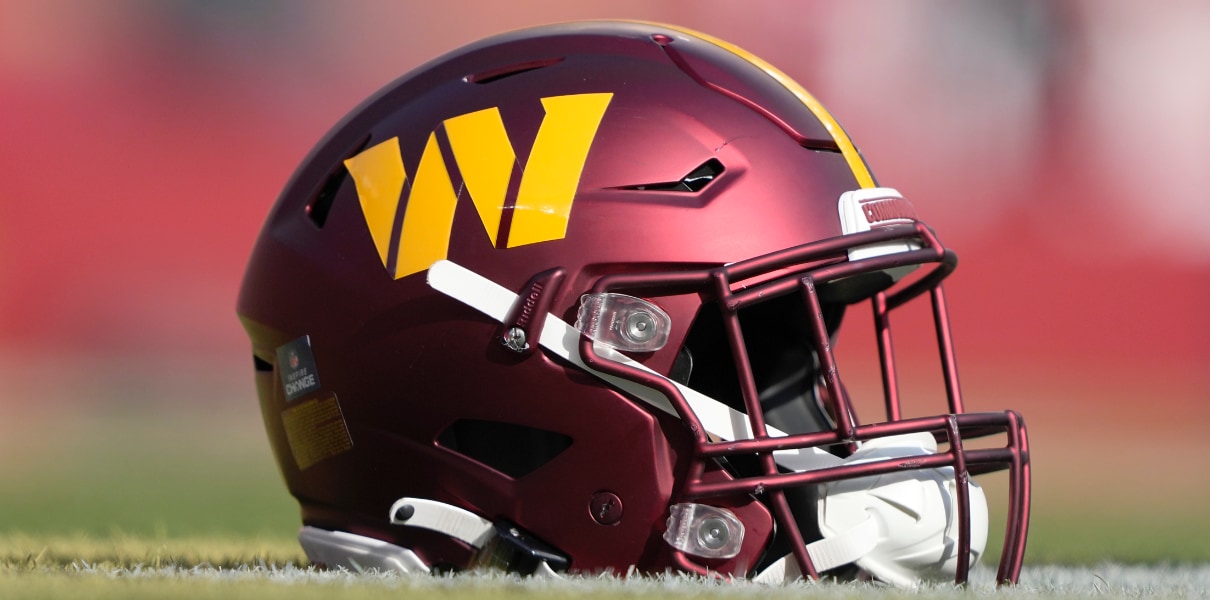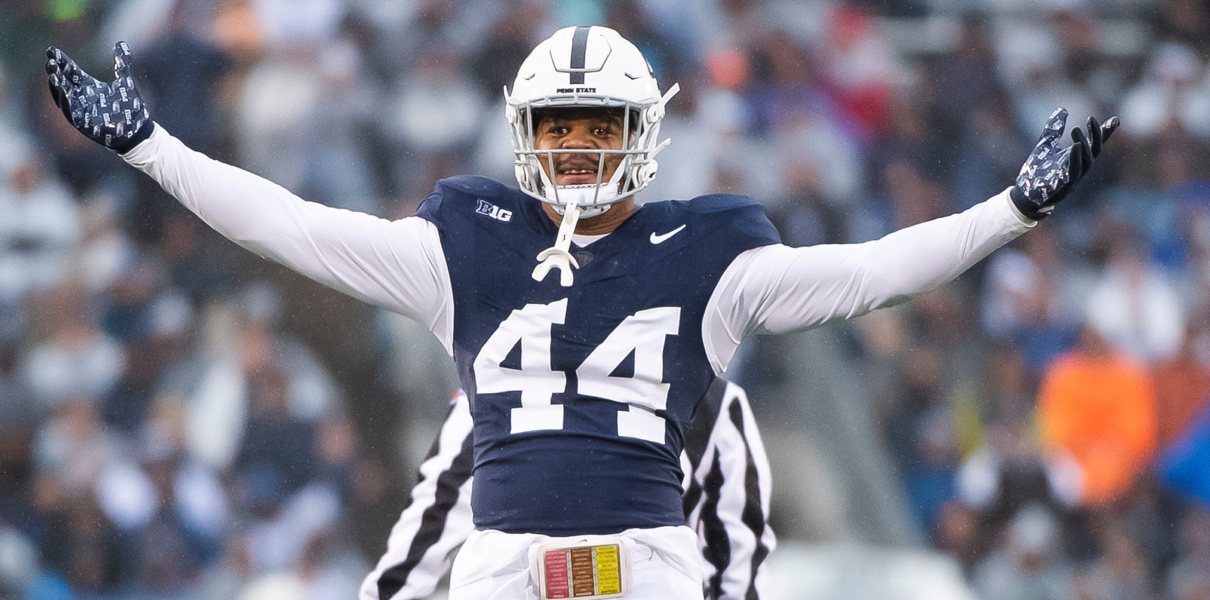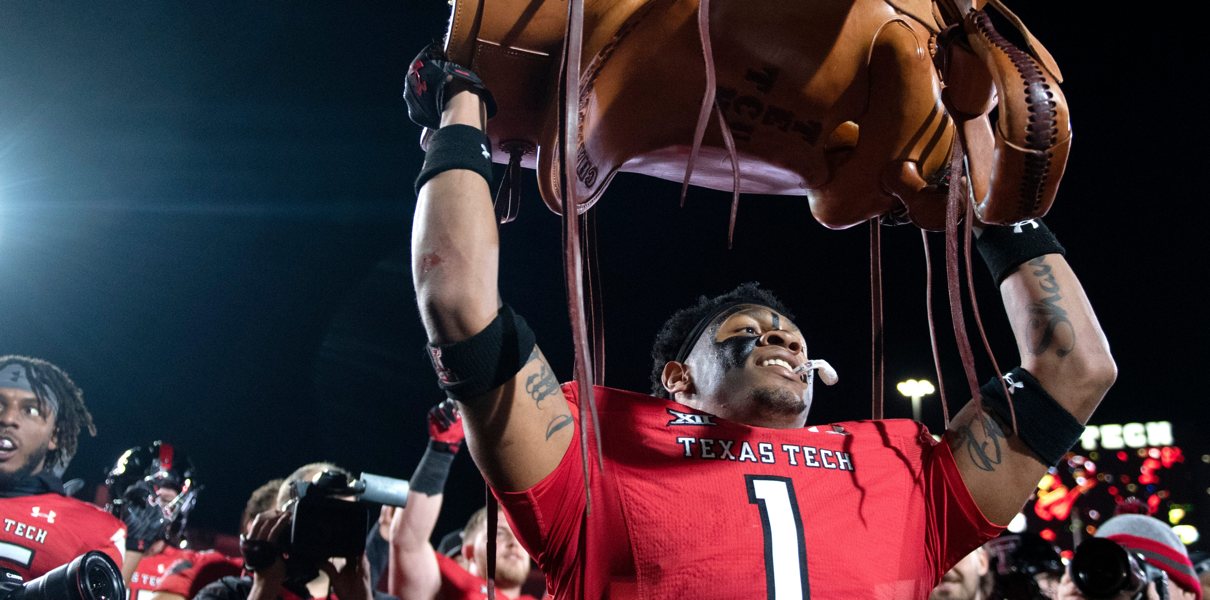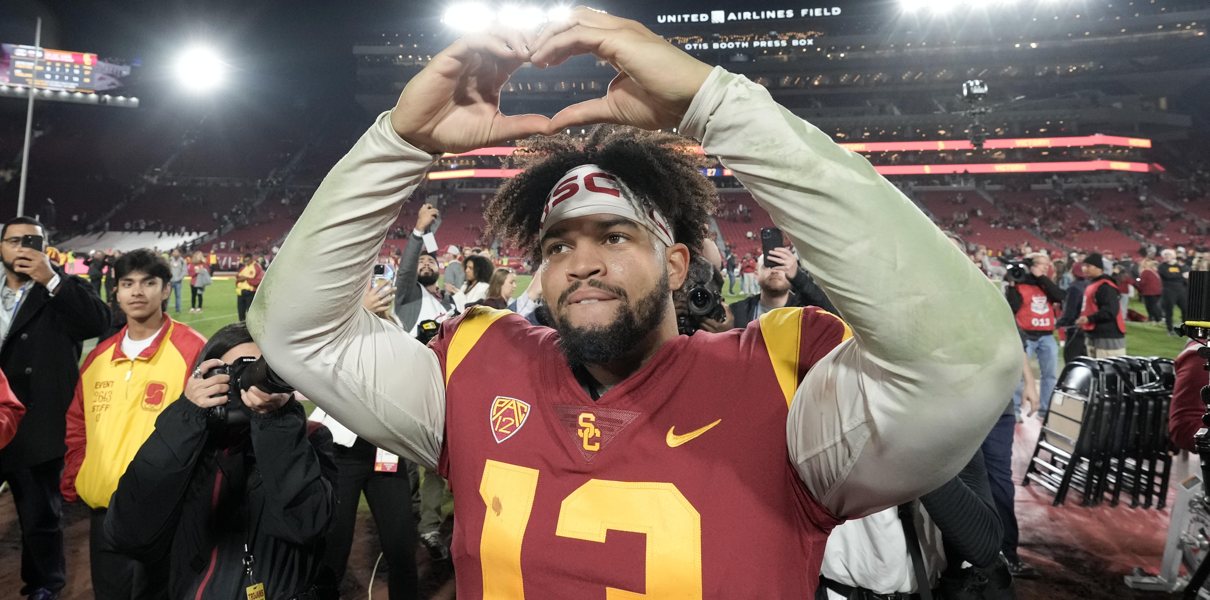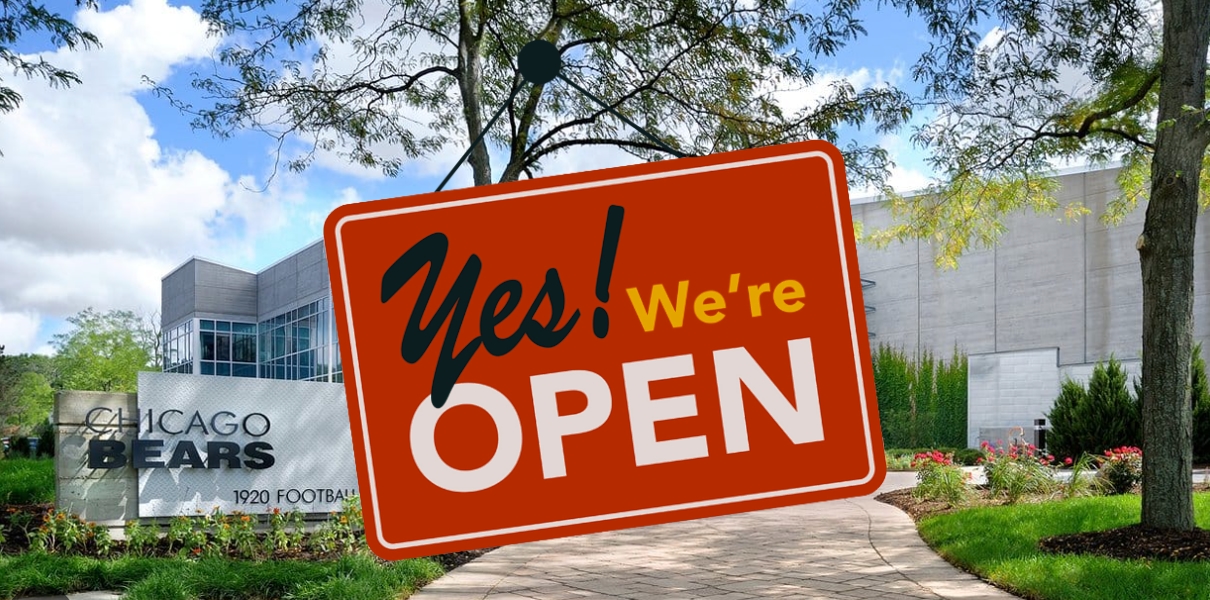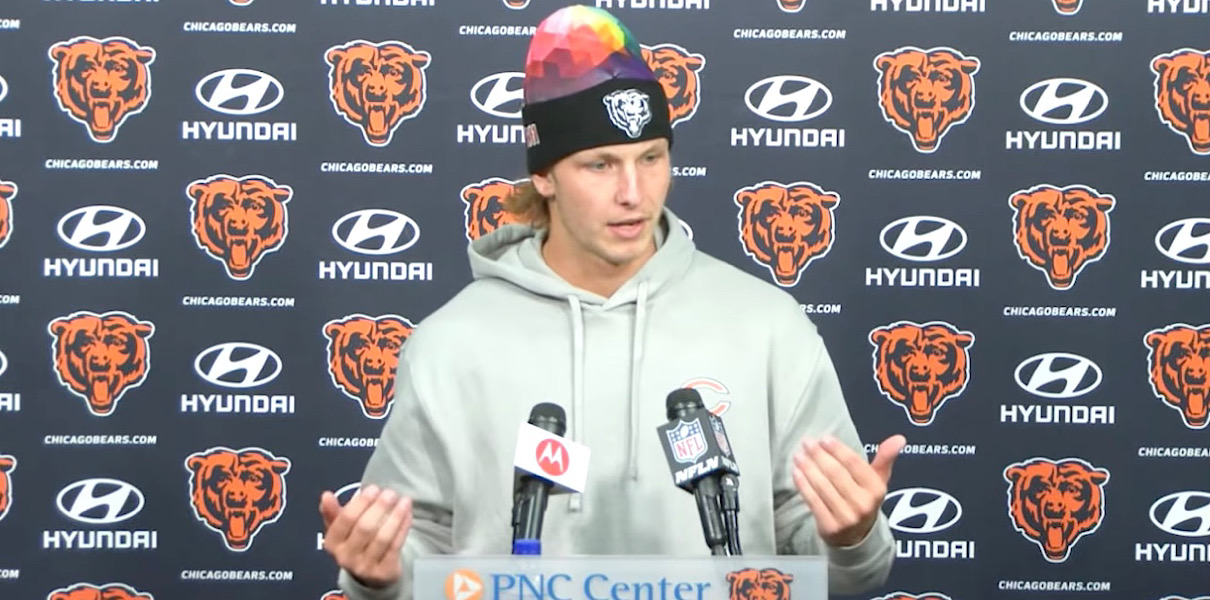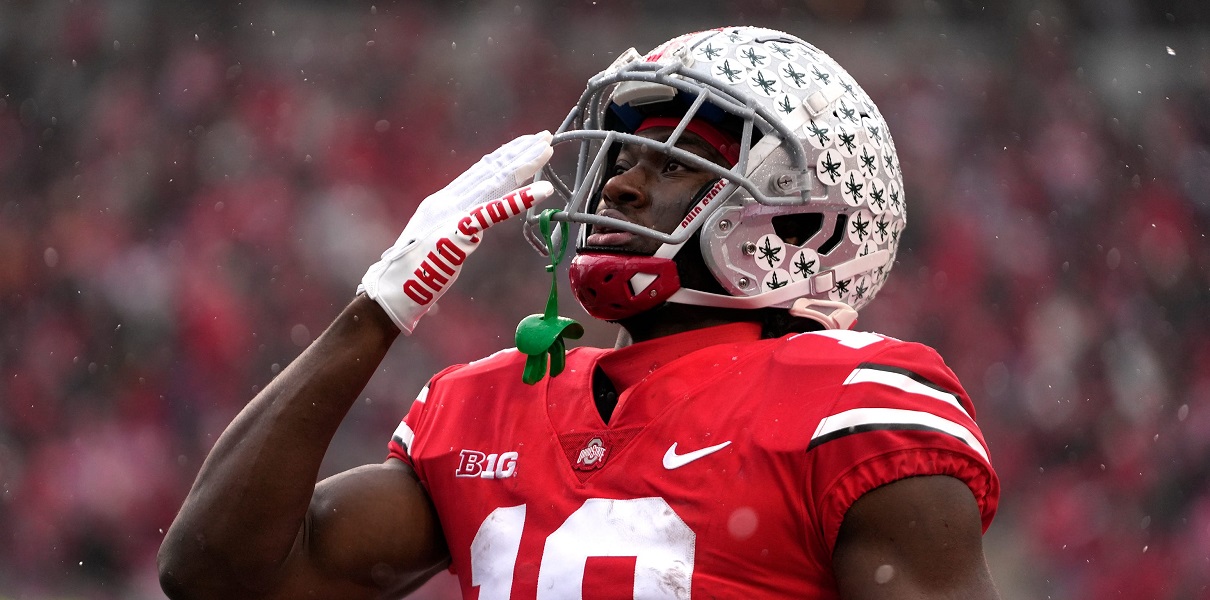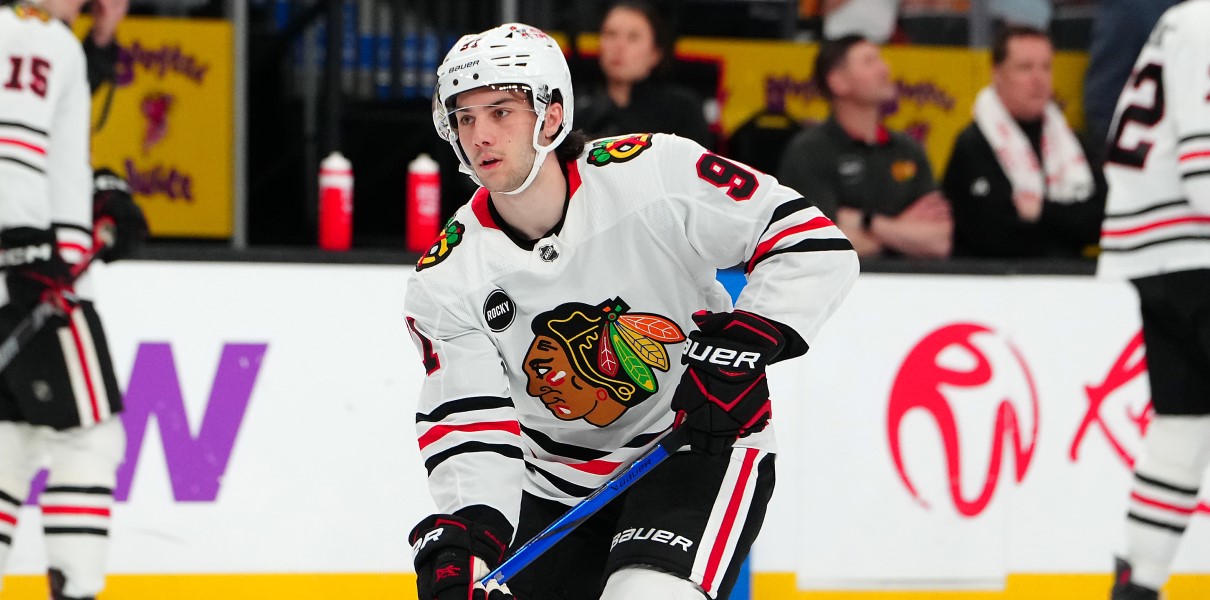Discussing the Chicago Bears’ salary cap situation has been the bane of our existence for much of this offseason.
Existing limitations turned Kyle Fuller and Charles Leno Jr. into cap casualties, while Bobby Massie and Buster Skrine were also shown the door to create some room (just not enough room to help retain a free agent standout such as Cordarrelle Patterson).
With all that being said, there is some good news and bad news to report on the cap front. Let’s spray to all fields and hash out what’s on the horizon for Chicago’s football team.
Their Current Standing Isn’t Great, But…
Using OverTheCap.com’s data as our guide, the Bears are $289,852 under the 2021 salary cap. Let’s not mince words here, this isn’t pretty. Only the Saints ($219,354) have less salary cap room. As things stand right now, the Bears are one of three teams (Falcons are the other with jus $602,351 in cap space) with less than $1 million in current cap wiggle room. It’s an unsavory position to be in, as it limits what Chicago can do with its roster.
The good news is that — much like there is always money in the banana stand — there is always a way to manipulate the salary cap. One way the Bears have gone about creating room is by cutting Charles Leno Jr., the team’s former starting left tackle. By sending Leno packing, Chicago’s salary cap space increases to north of $8.35 million. And in doing so, the Bears in close to clearing enough cap room to sign a draft class that costs an estimated $8,458,533.
Clearly, Chicago still has moves to make in order to get comfortably under the cap. Because even if they don’t clear a max amount, it’s important to get to get some breathing room in order to (at minimum) roll over space into 2022 — which figures to have a sharp increase. With that in mind, we should keep an eye on two possibilities:
• A potential Akiem Hicks cut. It pains me to even think about parting ways with Hicks. The fan-favorite defensive lineman is the heartbeat of the defense. And we’ve seen what it looks like when he isn’t in the trenches battling at the point of attack. So it’s not as if we’re unfamiliar with his value. But because the Bears can create $10.5 million in cap room, Hicks could be Chicago’s next cap casualty.
• Something has to give with Jimmy Graham. Cutting Graham would create $7 million in cap space. But the Bears could’ve let Graham go a long time ago, and they didn’t. And I’m not exactly sure why. Maybe, at one point, the front office valued him as a recruiter in the Russell Wilson sweepstakes, but that ship has sailed. So, perhaps the Bears like Graham in his role as Cole Kmet’s mentor? Or maybe they just find it important to have someone with Graham’s size as a red zone target. Or maybe Graham’s locker room presence is something that is invaluable to this offense moving forward. Or maybe, or maybe, or maybe.
If any of those reasons are correct, then it’s possible we’ll see Graham on the Bears’ roster in Week 1. And at that point, I’d wonder if there is an opportunity for a short-term extension that provides some cap relief up front. Tacking on an extra year could soften some short-term issues.
The Future Is Bright
Earlier, I promised to share good news. And who am I, if I can’t be a man of my word?
OTC estimates the Bears will have $49,793,150 in cap space in 2022. Wowza! That’s a significant increase from the Bears’ current situation, one that puts them as the team with the 12th most cap room in the NFL.
To put it in perspective, the Packers are on the opposite end of the cap spectrum. Green Bay projects to be $21,355,874 over the cap. That would put them in the *WORST* cap situation in all of football. They would be deeper in the cap hole than the Cowboys ($13,799,319) and Rams ($873,591). Even the Saints, who are the granddaddy of being at the bottom of the barrel when it comes to cap room, projects to be in the black with $2,795,605 in available cap space in 2022.
So, where does this leave the Bears? Once we’re done laughing at the Packers’ cap hilarity — dramatic pause — we’ll note this puts Chicago in a good place to do business moving forward.
Let’s be clear with where we’re going with this, because it needs to be noted that drafting Justin Fields put this all in motion. By not going year-to-year with someone like Andy Dalton, Nick Foles, or any number of stop-gap options, opting to go with the cost-control (not to mention the tremendous upside) of a rookie quarterback, so much more goes on the table for the Bears.
For instance, extending Allen Robinson II becomes a more realistic possibility than it was when uncertainty reigned supreme around Chicago’s quarterback situation. Robinson isn’t the only potential core Bear who could see a multi-year extension in their future. There is a case to be made for linebacker Roquan Smith, defensive lineman Bilal Nichols, and offensive lineman James Daniels to get second contracts with the team. A year from now, perhaps we could be discussing a moderate extension for David Montgomery. I realize extending running backs isn’t a popular move from a cap or analytical perspective. But if done correctly, it could be sensible.
Having honest-to-goodness breathing space could allow for Chicago to be real players in free agency. Super Bowls aren’t won with big free agent hauls. But smart spending on a few impact guys often paves the way for championship glory. A receiver here. Offensive lineman there. And, boom, rounding out a potential contender could be a few moves away. Get ready to dream the big dreams, my friends.
Splitting the Difference
Finding a happy medium is a challenge for these Bears. There isn’t much operating space under the cap right now. But continuing to borrow from the future when things are about to clear up isn’t the best option either. And yet, digging up the middle ground could have its perks.
There are a stable of useful free agents who are still on the market. This happens every year, but this could be a good time for Chicago to strike. Finding someone now who can help bridge the gap to 2022 should be something on the Bears’ radar. Maybe it’s in the form of some more certainty from the slot corner spot (Steven Nelson). Perhaps an offensive lineman (Mitchell Schwartz? Russell Okung? Rick Wagner?) could tie the room together. There is no storage of veteran receivers (Golden Tate? Danny Amendola? Dede Westbrook) should the Bears want to go that route. I can’t imagine any of those options necessitating a significant cap commitment. But because none of the above will play for free, the Bears still need to create space before we even go down that road.



